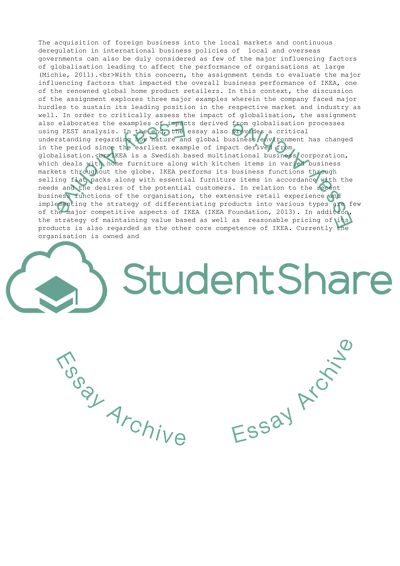Cite this document
(The PEST analysis for the company IKEA Assignment, n.d.)
The PEST analysis for the company IKEA Assignment. https://studentshare.org/business/1834330-the-pest-analysis-for-the-company-ikea
The PEST analysis for the company IKEA Assignment. https://studentshare.org/business/1834330-the-pest-analysis-for-the-company-ikea
(The PEST Analysis for the Company IKEA Assignment)
The PEST Analysis for the Company IKEA Assignment. https://studentshare.org/business/1834330-the-pest-analysis-for-the-company-ikea.
The PEST Analysis for the Company IKEA Assignment. https://studentshare.org/business/1834330-the-pest-analysis-for-the-company-ikea.
“The PEST Analysis for the Company IKEA Assignment”. https://studentshare.org/business/1834330-the-pest-analysis-for-the-company-ikea.


